Book offers a great insight to town trade
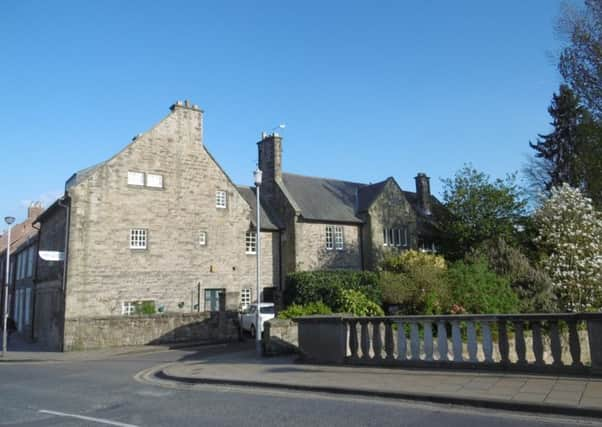

Its section on General Trade is a treasure trove of information about local businesses.
That of Mr Thomas Matheson, Seed Merchant and Nurseryman, in Oldgate, was founded in the 18th century. Mr Matheson trained in Edinburgh and took over the business on his father’s death in 1878.
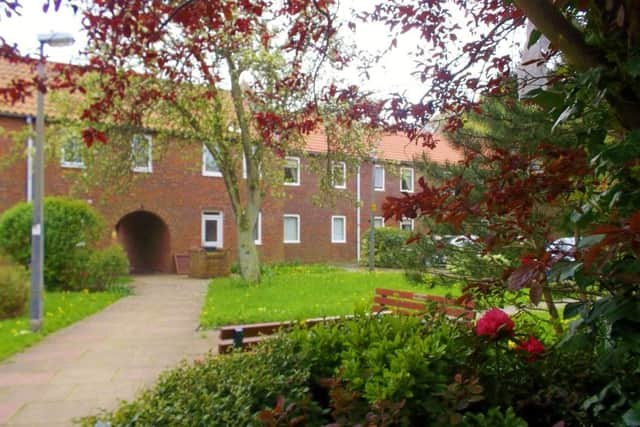

Advertisement
Hide AdAdvertisement
Hide Ad“In 1877, the ground adjoining, formerly the pleasure grounds of the late Admiral Lord Collingwood, was purchased, and added to the existing nursery. The whole is now admirably laid out, and of great interest at all seasons of the year.”
To be clear, although the Admiral’s house, now the Presbytery, was on the north side of Oldgate, his pleasure grounds, effectively a private park, were on the south side.
“Another interesting fact connected with the business is that the original stock of the Whinham’s Industry gooseberry, which is largely exported to the United States, found its birth in Morpeth.
"This gooseberry is by far the best for market purposes, bearing immense crops of large size. On Mr Whinham’s retirement from business in 1858, his nursery stock... was purchased by Mr Matheson’s father; this gooseberry has been largely propagated and distributed to the American Continent, France, Germany, Holland and Switzerland.”
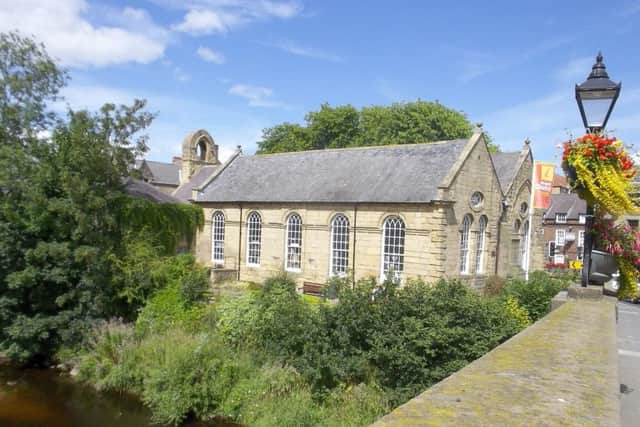

Advertisement
Hide AdAdvertisement
Hide AdThe Matheson’s house and shop, built in 1888 in the Arts and Crafts style, is occupied now by Independent Health Supplies, suppliers of stairlifts and bathing, mobility and daily living aids. It still, however, has Matheson’s name carved in stone above the door.
Mr George Young, Aerated Water Manufacturer, Chantrey Wells: “started business in 1872 at Bridge Street, and removed to his present premises some 13 years after.”
The ground floor was the factory. The floor above was used for storing syrups and other ingredients.
“There is a bountiful supply of water on the premises obtained from an artesian well, the spring flowing to the surface from a depth of 186ft. A connection has been made between the well and a drinking fountain in the street, erected for the use of the public.”
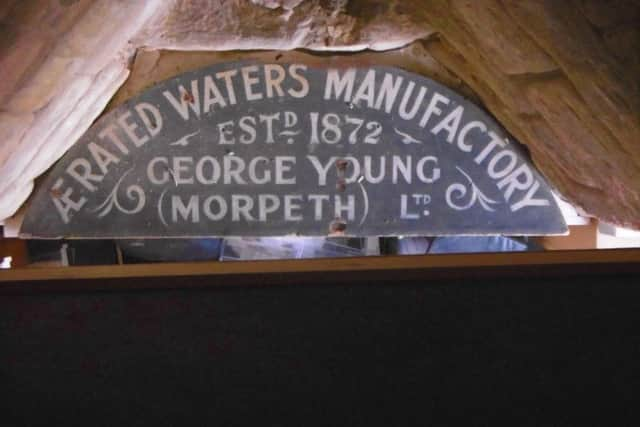

Advertisement
Hide AdAdvertisement
Hide AdThe former factory is now the Northumbria Craft Centre, Tourist Information Centre and Morpeth Chantry Bagpipe Museum.
The business of Mr F.E. Schofield, Dispensing Chemist: “was founded as far back as 1838, by the late Alderman Hood.”
Mr Schofield trained in London. He joined Mr Hood in 1865, and bought the business in 1877.
As well as medicines for humans, Mr Schofield also stocked: “horse, cattle, dog, and poultry medicines and farmers’ requisites... In this connection Mr Schofield is well known throughout the length and breadth of the kingdom. For many years (he was) a highly successful breeder and exhibitor of both poultry and dogs.”
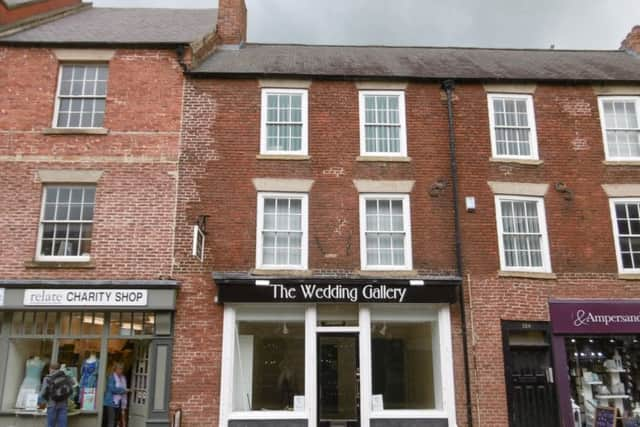

Advertisement
Hide AdAdvertisement
Hide AdIn 1914 Mr Schofield’s shop was at 32 Newgate Street, which until recently was the Wedding Gallery.
Pike is not so satisfactory with regard to the town’s ancient history.
For example: “That there was a considerable settlement here in the ninth century we know from the fact that during the sanguinary raid made upon Northumbria by the Danes, under Hungnor and Hubba, a large number of houses were burnt at Morpeth by the ferocious invaders.”
Hungnor is a misprint. Hunguor and Hubba are usually known as Inguar and Ubba, but their names are spelt in many different ways.
Advertisement
Hide AdAdvertisement
Hide AdThey may have been the brothers of Halfdan and Ivar the Boneless, the leaders of the Great Heathen Army that landed in East Anglia in 865.
The firm facts are that the Great Army invaded Northumbria in 866-7 and installed a puppet king, then made a brief return in 872, and a more substantial one in 874.


Different versions of the Anglo-Saxon Chronicle give different dates:
“A.D. 875. This year the army went from Repton: and Healfdene went with some of the army into North-humbria, and took up winter quarters by the river Tyne. And the army subdued the land, and oft-times spoiled the Picts, and the Strathclyde Britons.”
Advertisement
Hide AdAdvertisement
Hide AdFlorence of Worcester, a monk, (d. 1118) says that this contingent: “reduced all the Northumbrian district under its dominion, and oppressed the Picts and people of Strathclyde.”
Symeon of Durham (fl. 1085-1129) says much the same.
As far as we know, with the exception of opportunistic raids on the coast, the Great Army’s only extended operation north of the Tees was the one in 874.
That apart, its activities in Northumbria were confined to Yorkshire, York being far and away more valuable than anywhere else.
None of the sources say anything about Morpeth, and there is no evidence that it even existed then.
No doubt there were hamlets and farmsteads in the area, but the town as we know it was a creation of the Norman barons in the late 12th century.